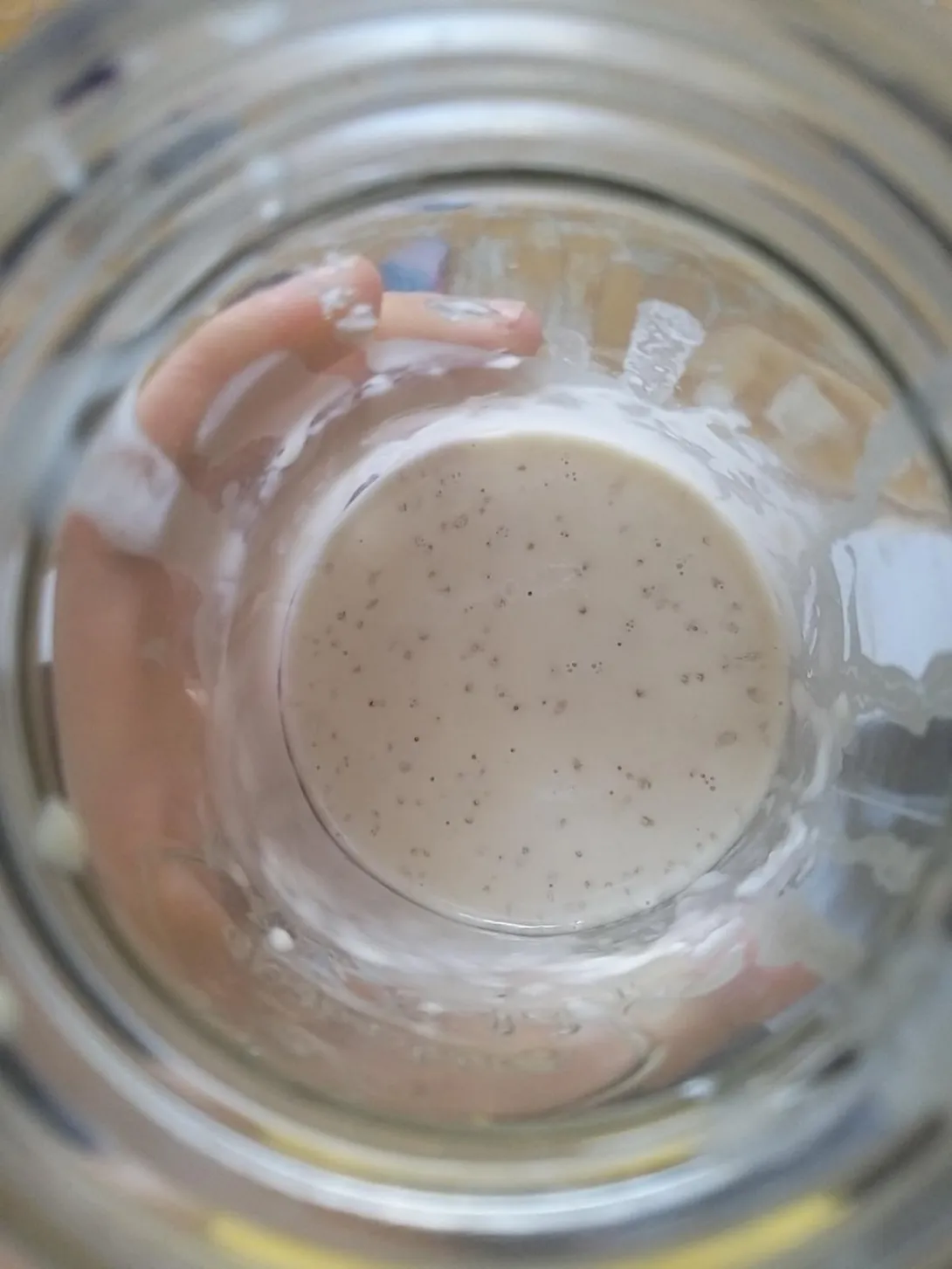
I'm on day 14 and nearly lost all my hope because the starter hasn't risen since day 2. The only active is some small bubbles and a really thin layer of hooch on the top. I used bread flour and spring water to feed it with the 1:1:1 ratio. I would love to feed it with rye or whole wheat flour but I could not find them anywhere here. I did neglect my starter for on day 9 for 3 days to see if it could rise but there was nothing happened. Also, I live in a tropical climate so the temperature is not my concern. What should I do now? Start over or keep going?
april415,
Based on my experience you need to just toss the starter and start over. It should typically take 7-10 days to develop a starter strong enough to raise bread. The 1:1:1 ratio is a good guide to go by, however I use a liquid levain with a hydration percentage of 130% I grew this starter three years ago and it is exceptional and versatile. From that one starter I can take it in many directions; by making slight modifications I can make Rye, Semolina, multi-grain, Spelt, etc...starters. It also fairs well in the refrigerator for an extended period of time and quickly regains full strength with one or two refreshes.
The key to starter development is patience and perseverance. A few tips is to vigorously stir your starter each time you refresh it, this will aerate it and allow more of the wild yeast to incorporate, now don't laugh, I also take my starters for a short walk outside without a lid which provides exposure to a higher concentration of wild yeast.
Good luck and happy baking.
Actually, tropical climate could be the problem. Temperatures above 30C favour lactobacteria and slow down the yeast.
Also, the problem with early days (read:weak) starters is that even 1:1:1 feed dilutes them too much.
The pictures attached shows my experimental starter 10 hours after the third feed, with nothing but AP flour and plain water. I am sure that in another 2 days it will be strong enough to bake. The key is to be gradual with dilution. And the spreadsheet shows how I fed it.
Keep going, but experiment with some adjustments. Small bubbles and a thin layer of hooch are great signs.
Try feeding twice a day with a 2:1:1 ratio. Actually, adjust that a little to lower hydration a bit. If your starter is liquid it won't rise because all the gases just escape rather than being trapped. So maybe drop the water in your next couple feedings by 10% or so and see how it does.
Also, what is the actual temperature range for where your starter is there? And how does it smell?
It also looks like it is too liquid to hold onto the bubbles that it is making. If you are willing to experiment, take a spoonful or two of the starter and put it in a small container. The container should be small, transparent, and have straight sides. A juice glass or jelly jar or something similar. Stir in a spoonful of water. Then stir in enough flour to make a thick batter or soft dough. Cover the container so that the experimental starter doesn’t dry out.
Now watch and wait to see what the starter does. If it rises, as I expect it will, let it rise until it domes and begins to deflate. It may double or even triple, so make sure the container has enough volume to prevent an overflow. Once the starter begins to collapse, discard half and feed again. Wait for maximum expansion and the start of collapse before feeding each time.
Don’t fret about timing for the next couple of days. The starter will establish its own schedule, which will be affected by the ambient temperature and the amount of food it receives. Once you have an understanding of its rhythm, you can start adjusting the feeding schedule and quantities.
Paul